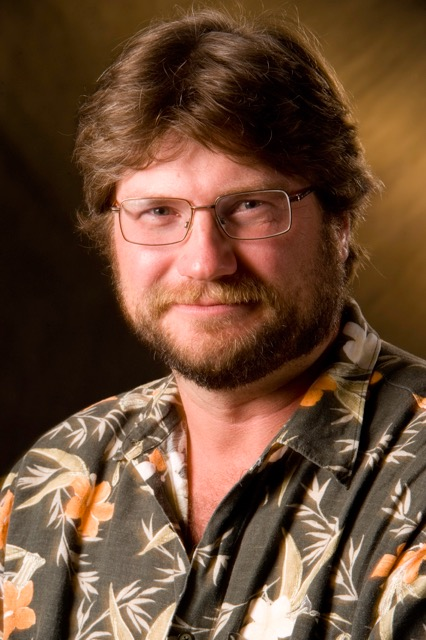
Las Vegas, N.M. – The Earth was not covered from pole to pole with ice 650 million years ago as was previously thought, according to new research by a Highlands University geology professor.
Professor Michael Petronis worked with an international team of scientists investigating the Snowball Earth hypothesis in Svalbard in the Norwegian High Arctic approximately 65 miles from the North Pole. The hypothesis describes a frozen Earth, with glacial ice covering the entire planet in the ancient geological past.
“This new research data shows evidence of lakes, rivers, and fossils that means the Earth wasn’t frozen solid during this geologic time period,” Petronis said. “The new data helps scientists better understand global climate change on a planetary scale.”
Petronis said the new data – including CO2 modeling from the Snowball Earth era – help predict at what point the Earth could enter into an extreme climate period such as additional glaciers at one extreme and melt-back of existing global ice sheets at the other extreme.
“Even though we’re talking about ancient geological time periods, to put this into perspective about how rapidly global climate can change, members of our research team recalled how much more ice was present in Svalbard just 30 years ago. The glacier melt-back is due to global temperature increases dating from the onset of the Industrial Revolution and carbon emissions,” Petronis said
Petronis was one of the lead authors of the research paper titled “Orbitally Forced Ice Sheet Fluctuations During the Marinoan Snowball Earth Glaciation” that was published in August 2015 in Nature Geoscience, a leading international science journal.
“Orbital forcing is thought to be responsible for the Earth’s ice age cycles. It describes when slow changes in Earth’s orbital pattern changes the amount of sunlight reaching the Earth, which affects global climate change. We didn’t know until this research that orbital forces can still be in effect even when Earth was in a partial snowball state,” Petronis said.
For his part of the research, Petronis did geologic fieldwork in the summer of 2010 in the Svalbard region. In addition, he did field work in Greenland in summer 2013. Other scientists studied geochemistry, or atmospheric composition, and numerical modeling to determine if they could predict the field observations.
Petronis drilled more than 2,000 sedimentary core samples in Svalbard alone, using a modified chain saw with a diamond-tipped rock coring drill. He brought the sedimentary samples back for analysis in Highlands University’s state-of-the-art Paleomagnetic-Rock Magnetic Laboratory, which he directs.
Several Highlands geology undergraduate students and a doctoral student from the United Kingdom assisted Petronis with the laboratory analysis.
“We conducted numerous paleomagnetic experiments that measured the magnetic fields of the samples and allowed us to determine the ancient latitude in which the sediments were deposited. This analysis confirmed that the Arctic study area was once at the equator during the Neoproterozoic Era 650 million years ago. Since then, the tectonic plates of the Earth’s crust have drifted through the eons to their current configuration, placing the Svalbard region at 79.5 degrees north latitude,” Petronis said.
He added that the rocks preserved a record of dramatic, rapid climate shifts, which caused a reverse greenhouse effect, with portions of the Earth and its oceans freezing.
“In contrast, today the Earth is in an inter-glacial period between glacier formation that began about 12,000 years ago,” Petronis said.
Petronis helped write the proposal for the Snowball Earth research initiative, which was funded by a $1.2 million grant from the United Kingdom’s National Environmental Research Council, or NERC.
Scientists from the United Kingdom led the research team. The only other U.S. universities participating in the research project were Princeton University and Louisiana State University.
